'Smart border gates' will help businesses reduce 30 - 40% of customs clearance costs, wharfage costs, transportation costs...
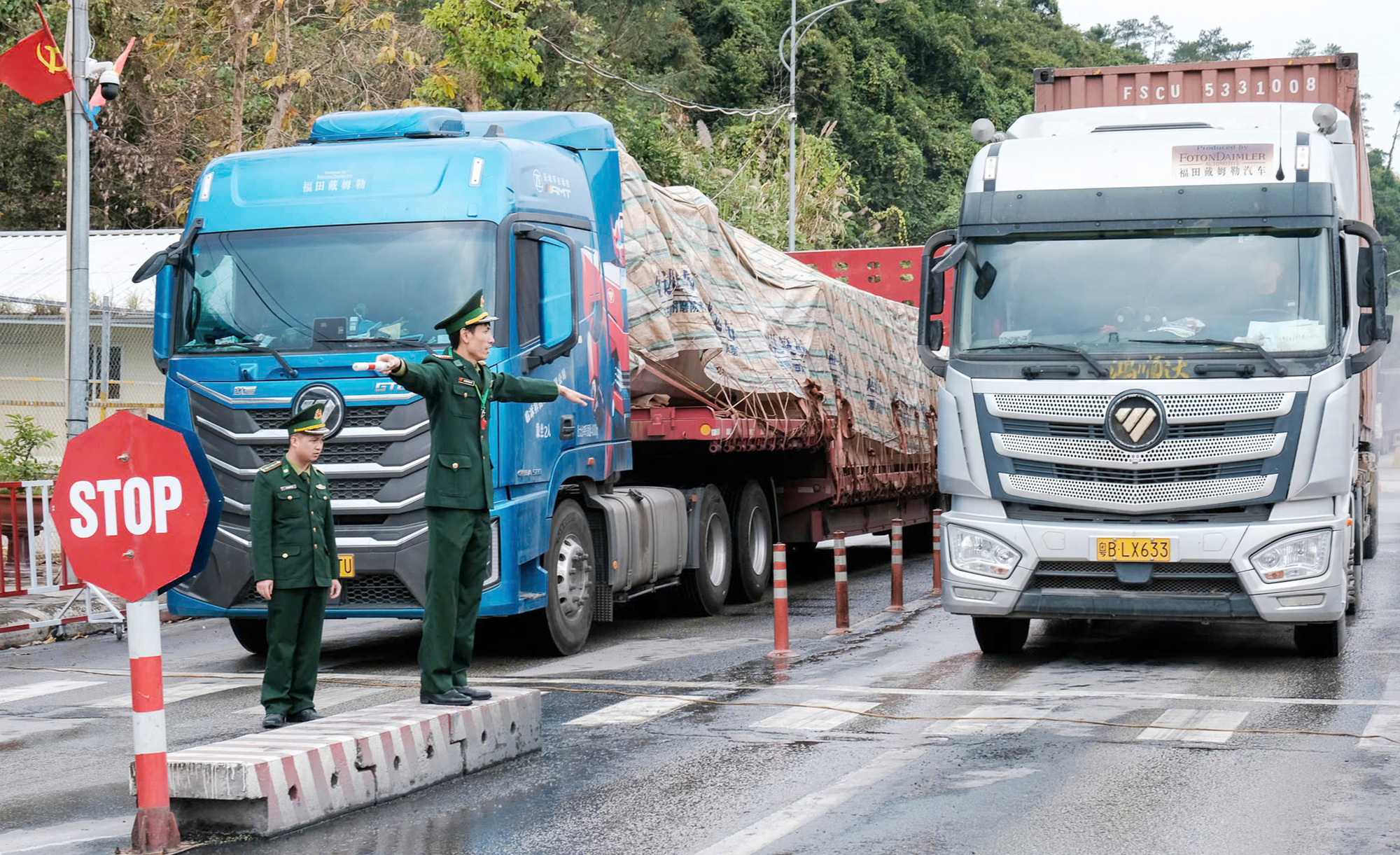
Authorities at Huu Nghi international border gate guide import and export vehicles between Vietnam and China - Photo: HA QUAN
According to calculations, by 2027, logistics costs could be reduced by over VND4,900 billion and this figure could be over VND9,800 billion by 2030... thanks to "smart border gates".
Mr. Hoang Khanh Duy - Deputy Head of the Management Board of Dong Dang - Lang Son Border Gate Economic Zone (Lang Son Province) - affirmed this when discussing with Tuoi Tre the pilot project of "smart border gate" with an estimated budget of nearly 8,000 billion VND, approved by the Prime Minister on August 17, 2024.
Mr. Duy said: The "smart border gate" model has been newly invested in both infrastructure and information database between Vietnam and China. Thanks to that, the transportation of goods is completely contactless and uninterrupted, ensuring the normal operation of border gates in emergency cases such as epidemics, natural disasters, etc.
* Why is it necessary to build a "smart border gate" at a rather large cost, instead of clearing customs according to the traditional model, sir?

Mr. Hoang Khanh Duy
- Import and export under the traditional model has approached the maximum customs clearance efficiency at this border gate, about 1,350 vehicles/day, much lower than demand, not to mention the long customs clearance time has increased costs, reducing the competitiveness of Vietnam's export goods.
The "smart border gate" model is deployed synchronously in terms of infrastructure and information database between the two countries, implementing contactless and uninterrupted transportation of goods, applying unmanned transportation methods moving along fixed routes and automated container cranes, based on satellite positioning and 5G technology.
"Smart border gate" has a command center to support information exchange on cross-border goods transportation and customs clearance 24/7 without interruption.
"Smart border gate" is a joint project between Vietnam and China to build a dedicated, independent, closed import-export route separate from the current freight transport route.
Ensuring the maintenance of traditional customs clearance combined with customs clearance through "smart border gates" contributes to improving customs clearance capacity and efficiency, effectively resolving congestion at border gates.
To facilitate the development of customs inspection, control and quarantine procedures, we will continue to discuss with China to expand the range of imported and exported goods.
* With an investment capital of nearly 8,000 billion VND, the "smart border gate" will certainly not lack infrastructure to serve import and export activities, sir?
- The construction of "smart border gates" must certainly be associated with the expansion of wharf infrastructure in the border gate area to serve preliminary processing, packaging, and processing to ensure quality and increase the value of exported goods, while developing related services such as insurance, banking, telecommunications, etc.
In the long term, this model will form a supply chain for logistics, trade and ancillary services at the border gate. Promote and encourage concentrated production and strengthen the connection between businesses and people participating in exporting to China.
In other words, the "smart border gate" model has new investments in both infrastructure and information database between Vietnam and China.
* Will the construction of a "smart border gate" help shorten customs clearance time and reduce costs for businesses as expected?
- If done through a "smart border gate", a truck of goods exported to China that takes about 4-5 days will be shortened to about one day when the delivery time of goods is reduced.
Once deployed, the "smart border gate" will help increase the volume of goods cleared through Huu Nghi international border gate by about 2,500 - 3,000 vehicles/day, reducing 30 - 40% of customs clearance costs, wharf/transportation costs, and services at border gates on both sides, equivalent to about 4.5 million VND/vehicle.
We expect to reduce logistics costs by over VND4,900 billion by 2027 and over VND9,800 billion by 2030, ensuring the flow of goods, not disrupting the supply chain when natural disasters or epidemics occur, improving the quality of goods, and increasing state budget revenue.
* But sir, "smart border gates" are only a necessary condition, but Vietnamese products must also meet other necessary conditions to be able to export?
- That's right. When implementing the "smart border gate" model, Vietnamese exported goods will have to meet more fully the requirements and conditions of China, especially the regulations in Order 248 and Order 249.
"Smart border gates" also accelerate the transformation of production and export methods of enterprises towards official and professional channels; minimizing economic risks when trading in the form of informal channels.
The "smart border gate" model will use electric unmanned vehicles (IGVs) to help reduce the exploitation and use of gasoline, oil, and gas, limit emissions that pollute the environment, and meet the requirements of sustainable development.
* So, the implementation of "smart border gates" also has many difficulties that implementing units have to face, sir?
- "Smart border gates" is a new issue, so there are some difficulties in the initial implementation. Regarding exports, some key agricultural products of Vietnam are not yet on the list of products allowed to be officially exported to China, and are strictly controlled in terms of technology and tariffs.
Vietnamese agricultural products and food when exported to China must meet requirements on food safety, inspection, testing, traceability, packaging, labels, certificates, etc.
We also identified the need to focus on investing in technical infrastructure, transportation and resolving legal procedures to meet the requirements of piloting the "smart border gate". Ensuring compliance with the Chinese side in piloting the "smart border gate" requires the efforts of many sectors and fields.
In addition, some tasks of implementing the construction of "smart border gates" beyond the authority of the People's Committee of Lang Son province need to be guided by central ministries and branches.
Need to set up a working group to promptly handle problems
On August 17, the Prime Minister approved the pilot project to build a "smart border gate" on the dedicated freight transport road in the area of landmarks 1119 - 1120 and the dedicated freight transport road in the area of landmarks 1088/2 - 1089 in the Huu Nghi (Vietnam) - Huu Nghi Quan (China) international border gate pair, to be implemented from the third quarter of 2024 to the end of the third quarter of 2029.
The Prime Minister assigned the People's Committee of Lang Son province to deploy the project and coordinate with central ministries and branches such as Finance, Foreign Affairs, Planning and Investment, National Defense, Public Security...
Speaking with Tuoi Tre, many transport and export businesses expressed their hope that the "smart border gate" will help clear goods quickly and reduce logistics costs.
Ms. Tran Thi Hang - representative of Thai Viet Trung Transport Joint Stock Company, a business that sometimes needs to clear 50 - 60 trucks/day - said that with the "smart border gate" it will certainly help shorten the time for goods clearance.
However, functional agencies such as border guards, customs, tax, and quarantine need to establish working groups or command centers to promptly support businesses with problems. "Smart border gates" also need to properly handle risks such as digital border gate software errors, power outages, and Internet outages... - Ms. Hang said.
Planning procedures will be completed soon.
According to Mr. Hoang Khanh Duy, the specialized agency is advising on the implementation of the "Regular Meeting and Exchange Mechanism" between the People's Committee of Lang Son province and the People's Government of the Zhuang Autonomous Region (Guangxi, China) on the basis of signing in November 2024.
The Management Board of Dong Dang - Lang Son Border Gate Economic Zone and relevant agencies organized conferences to deploy the "smart border gate" model with the working delegation of the Guangxi Border Gate Office (China) in Lang Son City in October 2024.
Lang Son provincial government is also organizing the construction of a project to expand the specialized road for import and export of goods in the area of milestones 1119 - 1120 from 4 lanes to 8 lanes, and at the same time carrying out procedures to adjust the project to 14 lanes to synchronize with the infrastructure on the Chinese side.
Lang Son Provincial People's Committee has also organized the implementation of tasks related to the construction and adjustment of 6 plans, such as local adjustment of the detailed construction plan of Tan Thanh border gate, Van Lang district.
The planning will complete the adjustment procedures in January 2025. The locality has also issued a document directing the implementation of a plan to attract investment from non-state budget sources to deploy investment in infrastructure, parking lots, equipment, and smart navigation vehicles...
"Initially, we will focus on investing in technical infrastructure, transportation, and resolving legal procedures to meet the requirements of piloting smart border gates," said Mr. Duy.
Source: https://tuoitre.vn/tiet-kiem-ngan-ti-dong-voi-cua-khau-thong-minh-20241224093144233.htm


![[Photo] Prime Minister Pham Minh Chinh receives CEO of Standard Chartered Group](https://vstatic.vietnam.vn/vietnam/resource/IMAGE/2025/4/2/125507ba412d4ebfb091fa7ddb936b3b)


![[Photo] Special relics at the Vietnam Military History Museum associated with the heroic April 30th](https://vstatic.vietnam.vn/vietnam/resource/IMAGE/2025/4/3/a49d65b17b804e398de42bc2caba8368)
![[Photo] Comrade Khamtay Siphandone - a leader who contributed to fostering Vietnam-Laos relations](https://vstatic.vietnam.vn/vietnam/resource/IMAGE/2025/4/3/3d83ed2d26e2426fabd41862661dfff2)
![[Photo] Prime Minister Pham Minh Chinh receives Deputy Prime Minister of the Republic of Belarus Anatoly Sivak](https://vstatic.vietnam.vn/vietnam/resource/IMAGE/2025/4/2/79cdb685820a45868602e2fa576977a0)
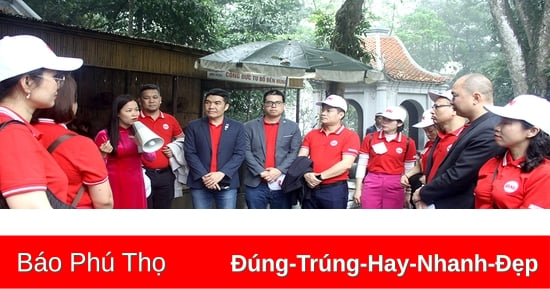

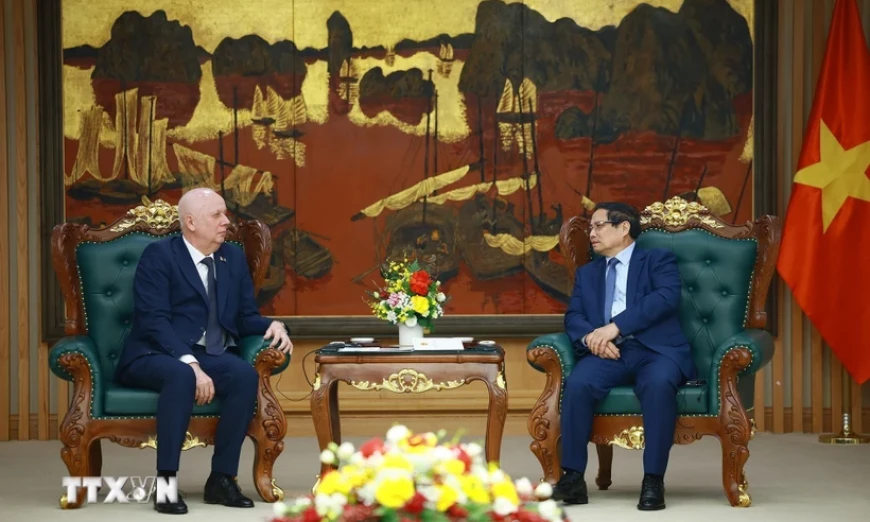

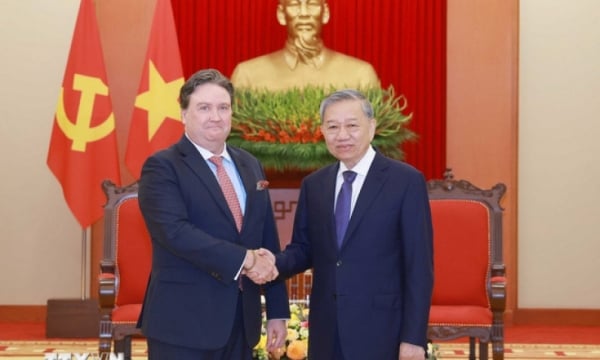
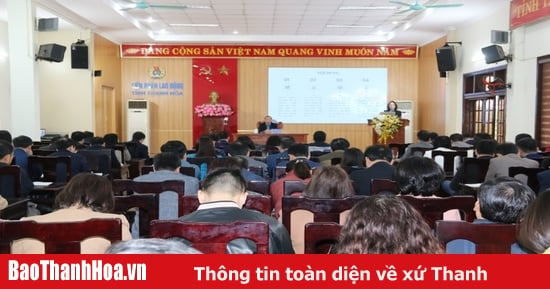

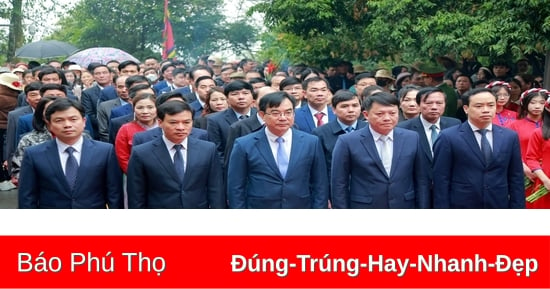
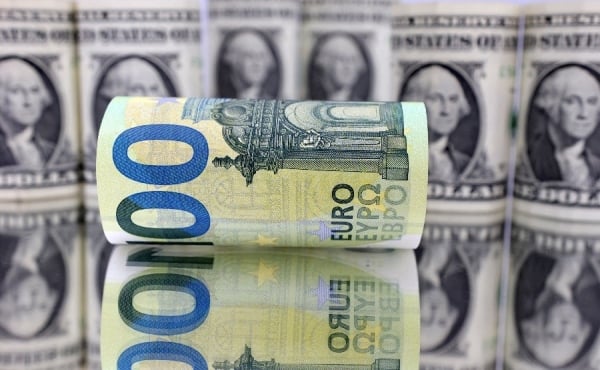
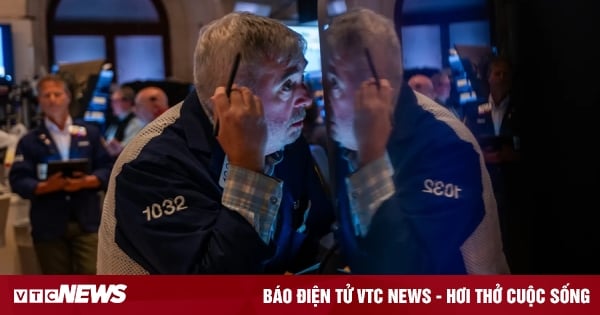
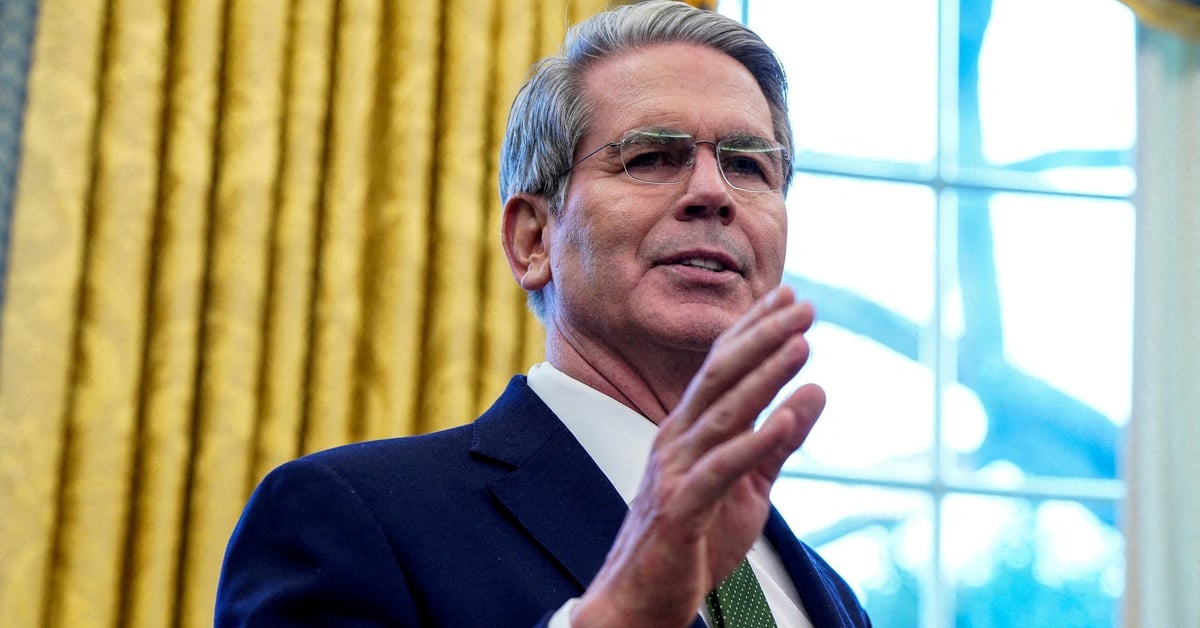
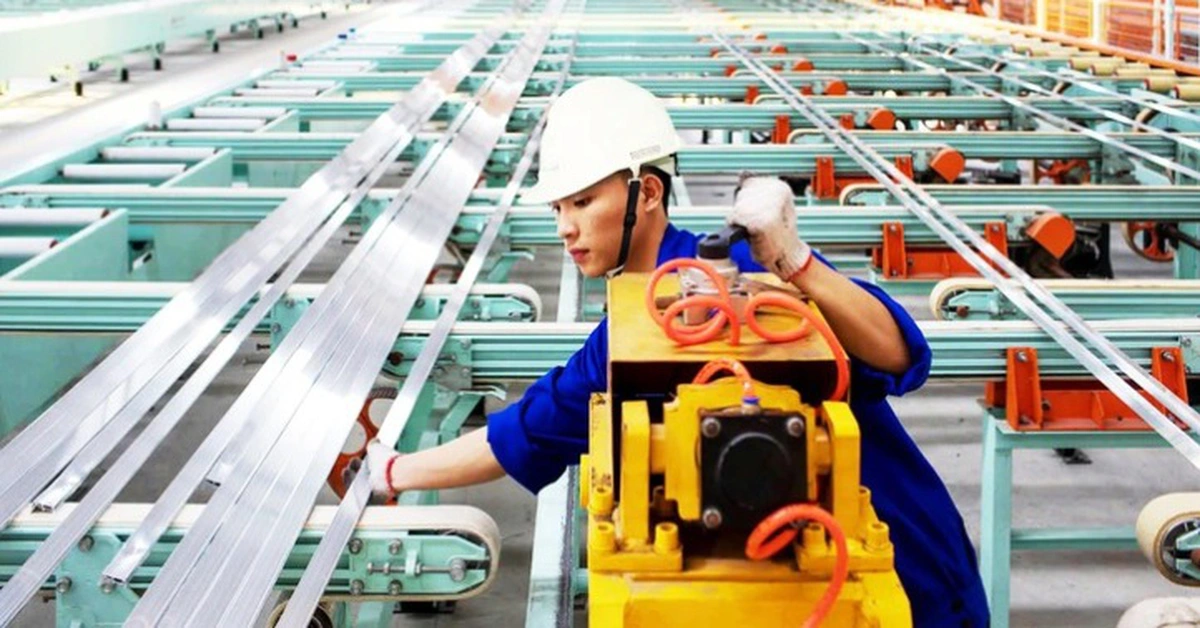
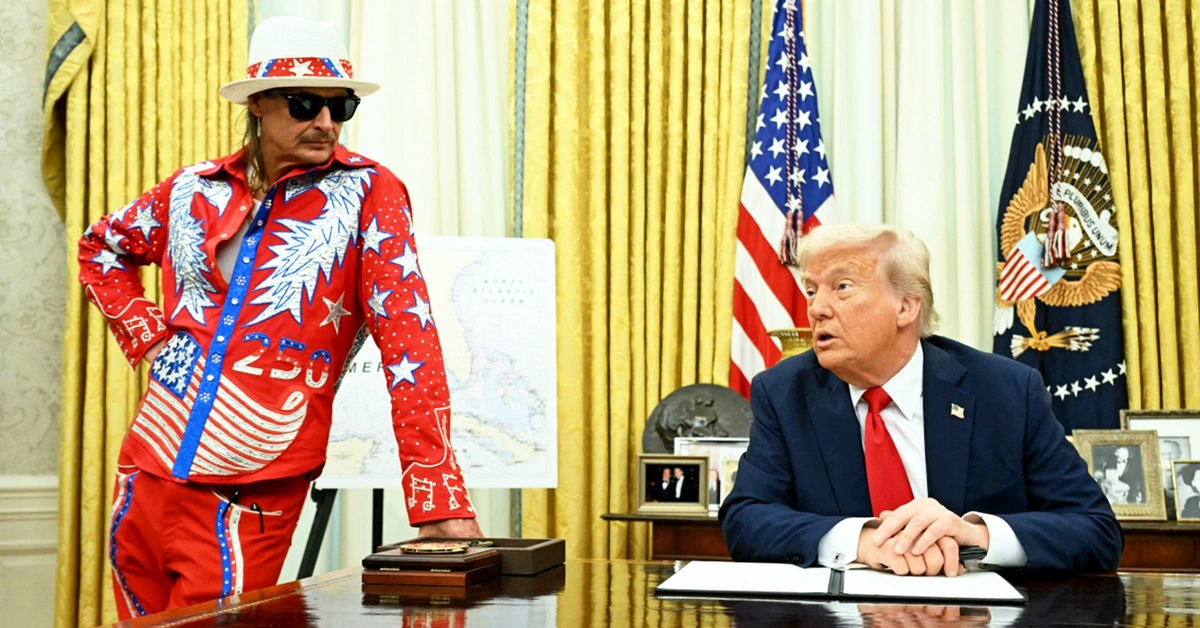
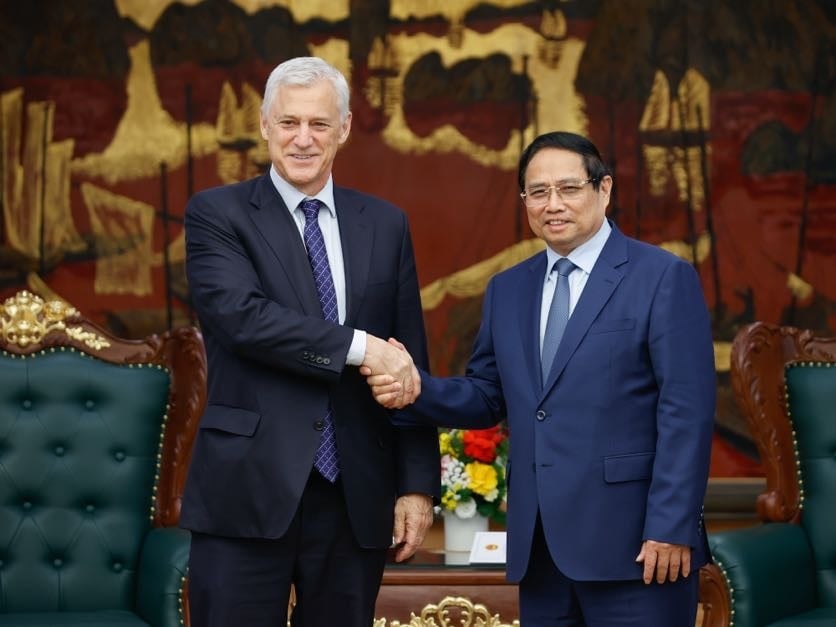





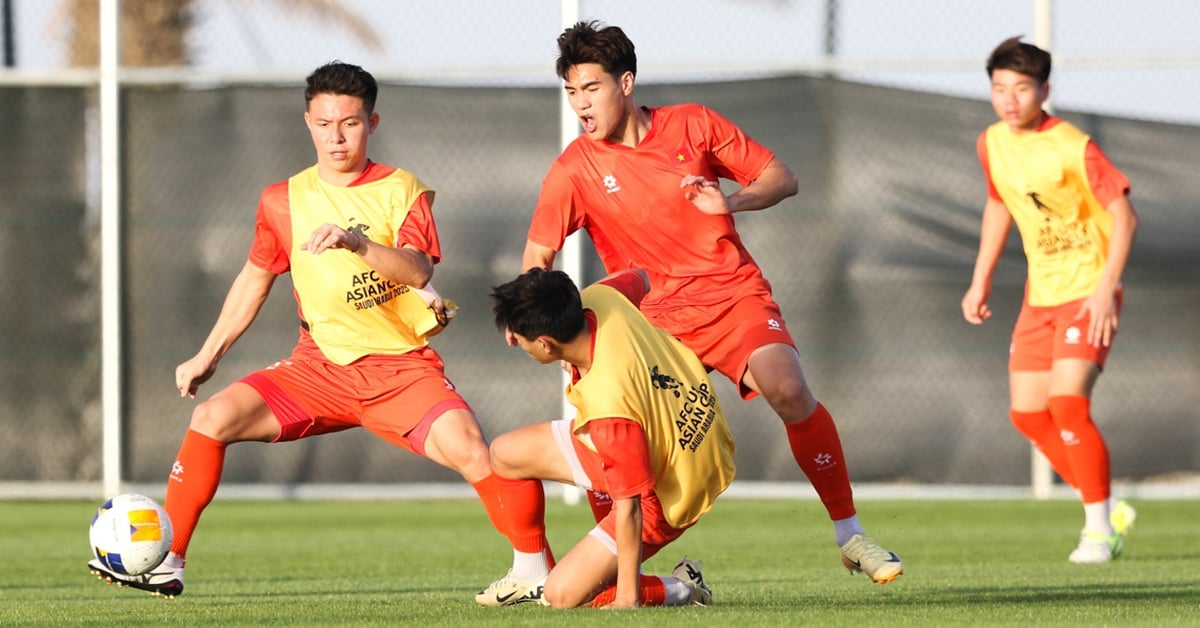















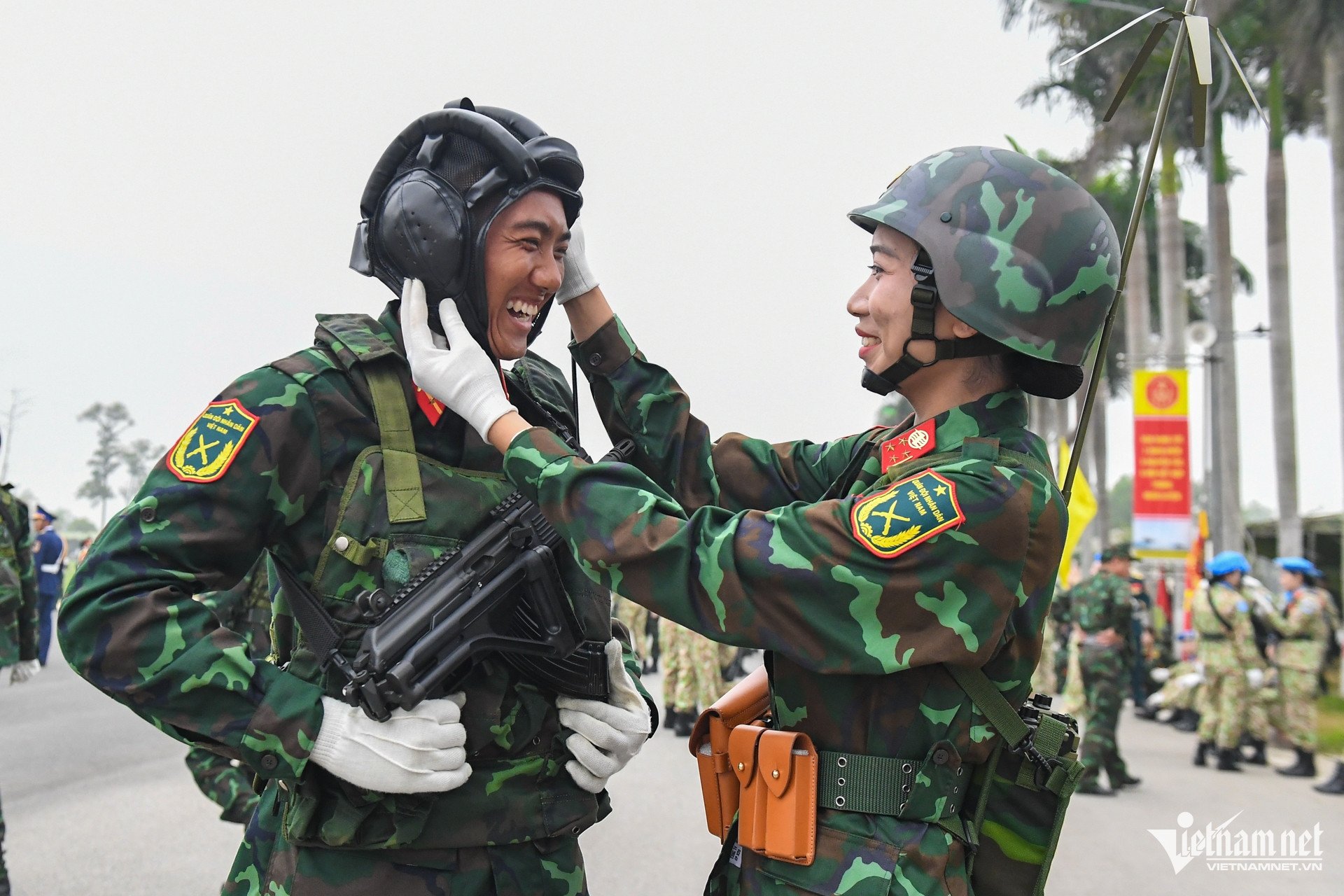

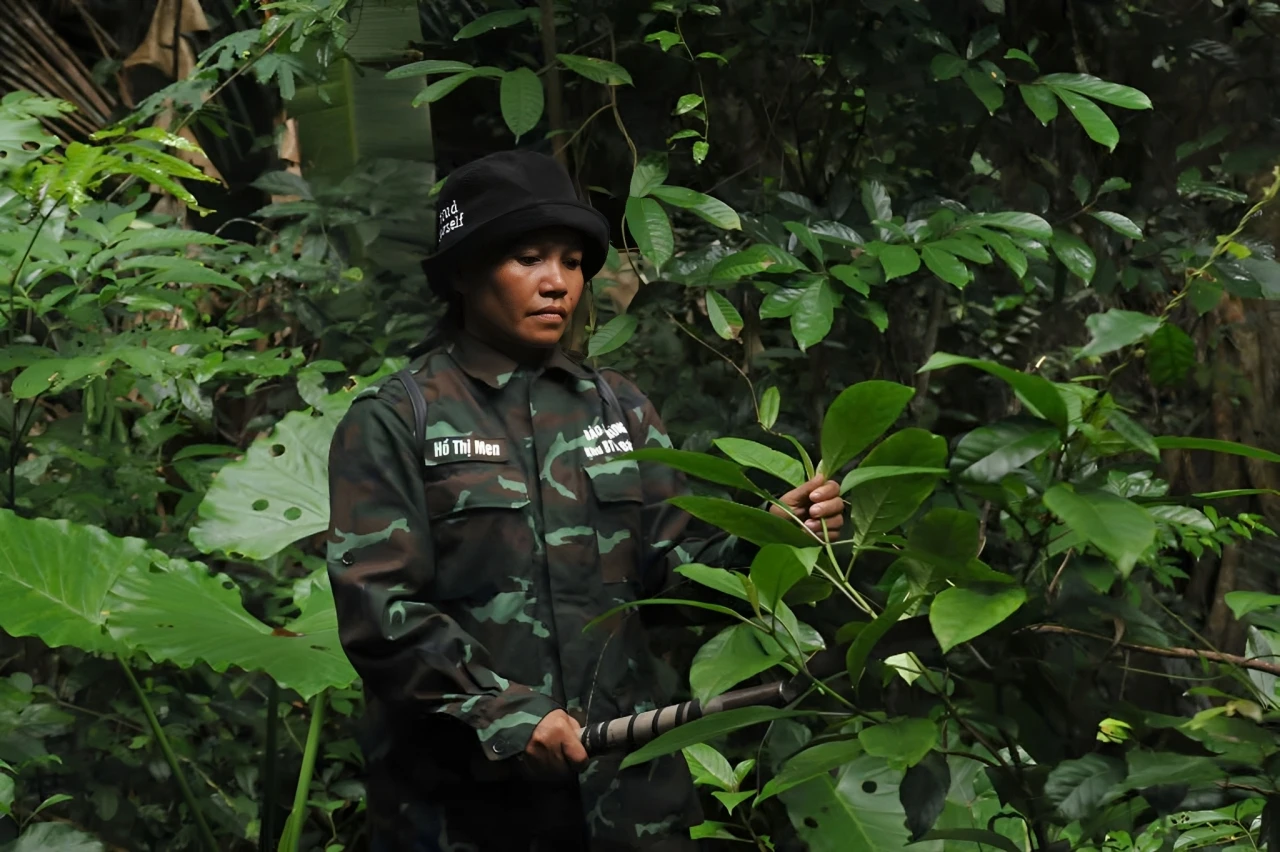

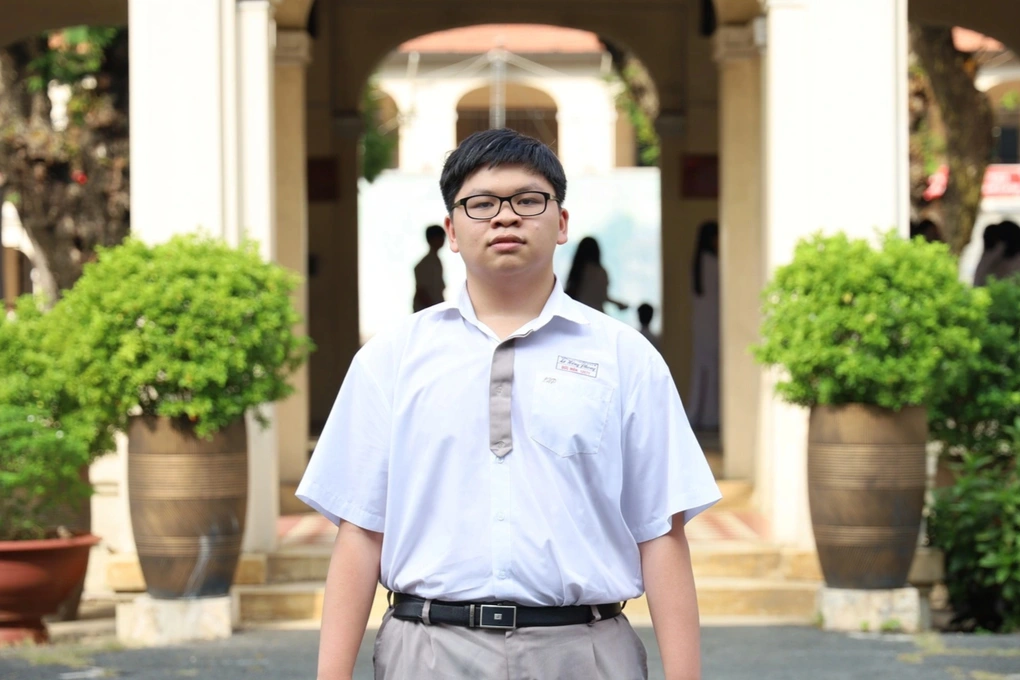


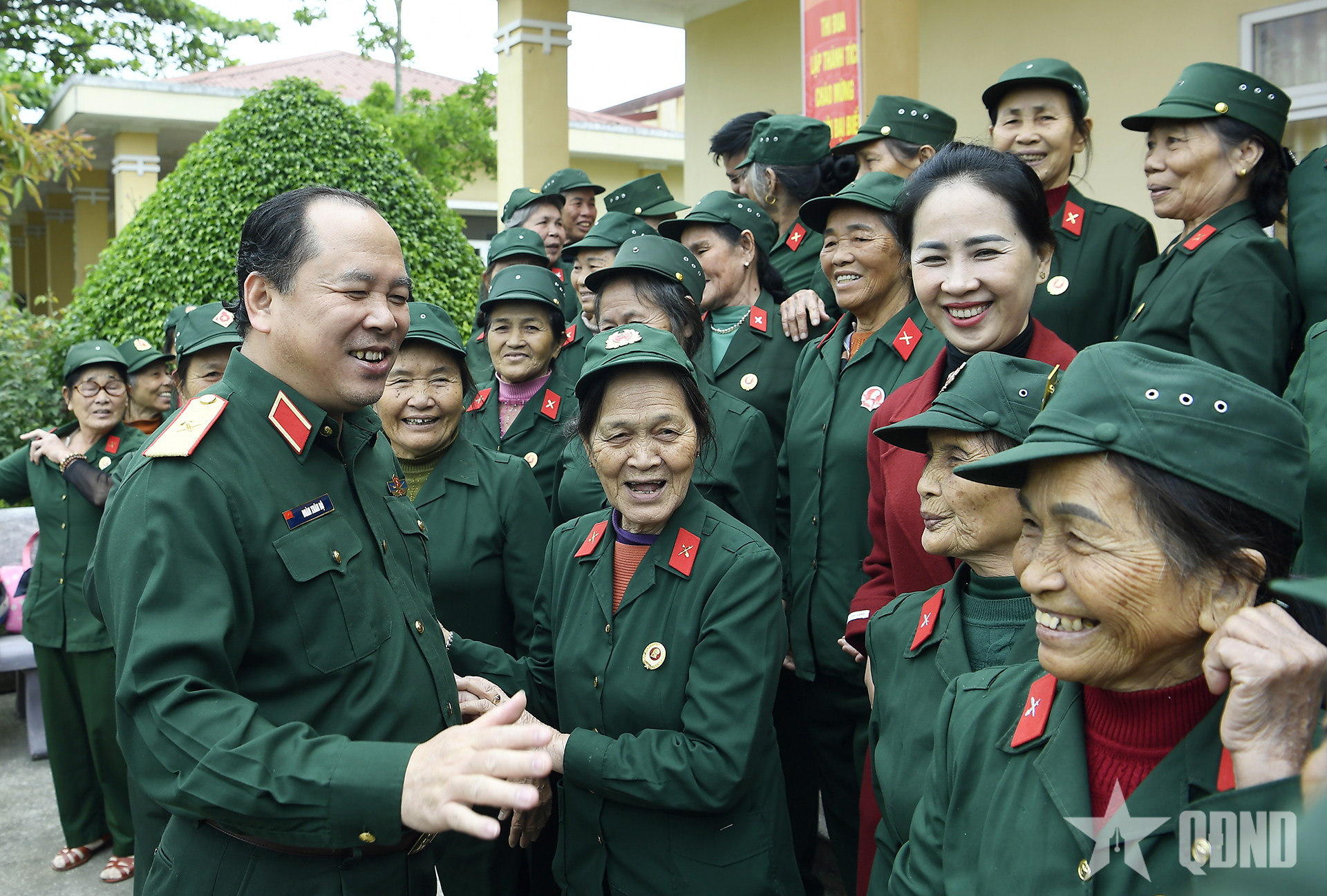










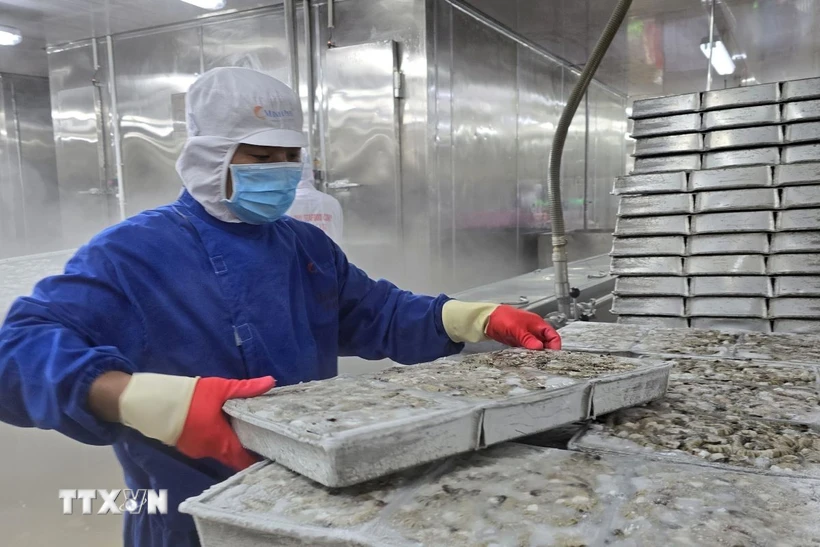

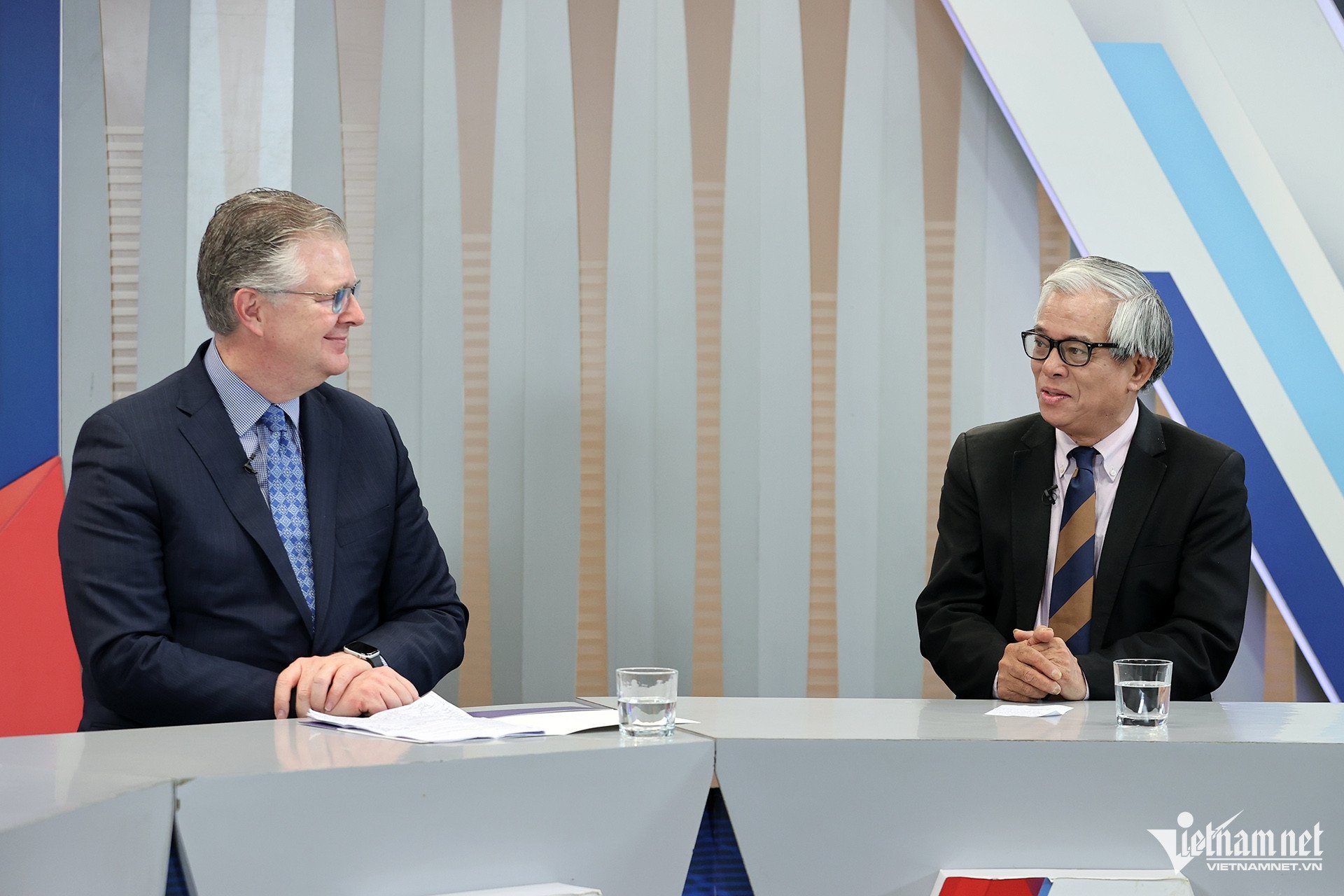


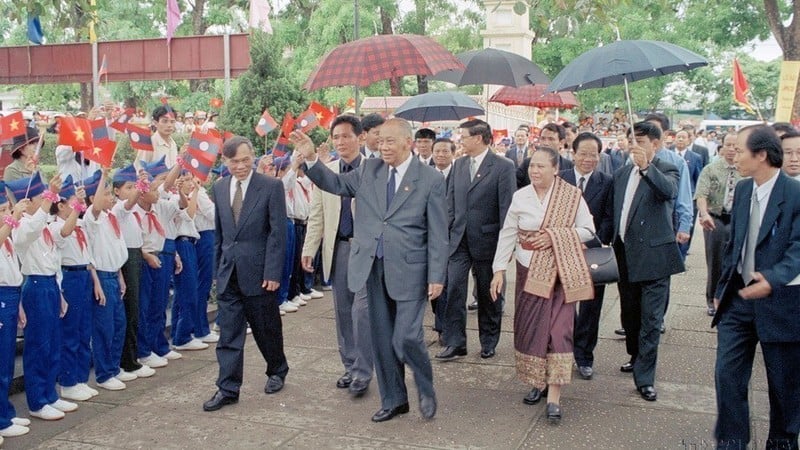
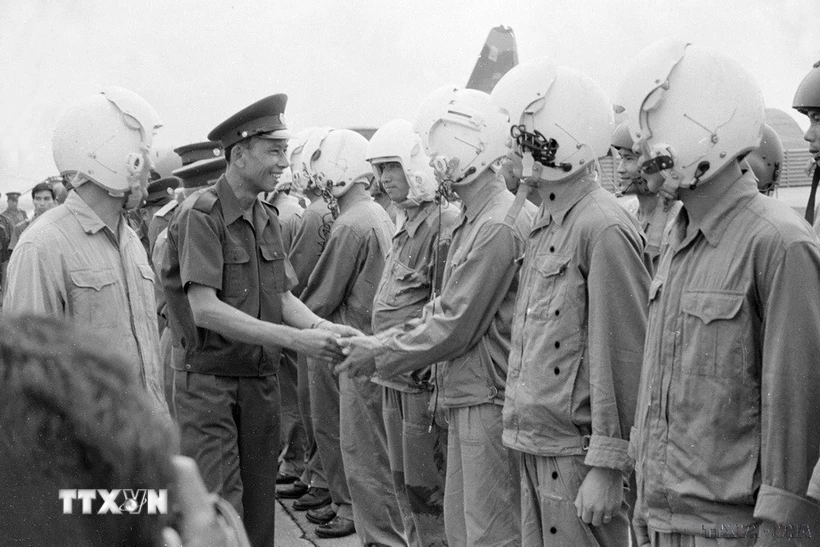
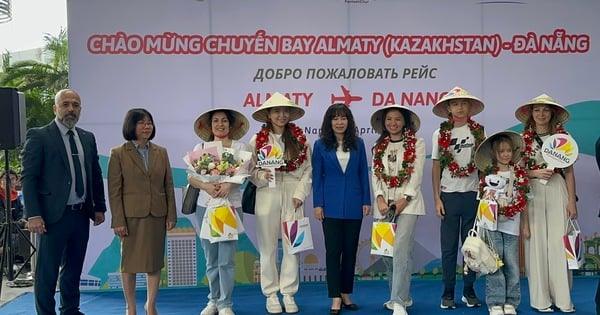

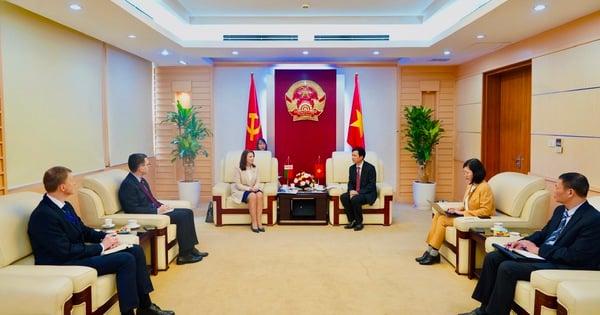

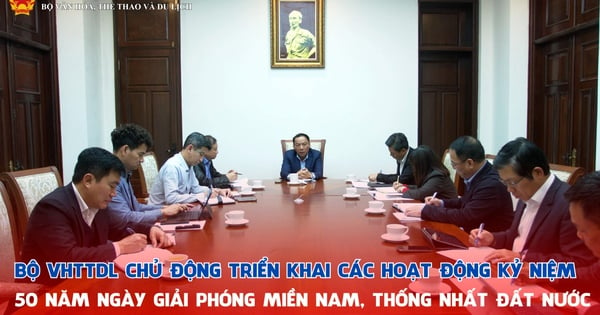
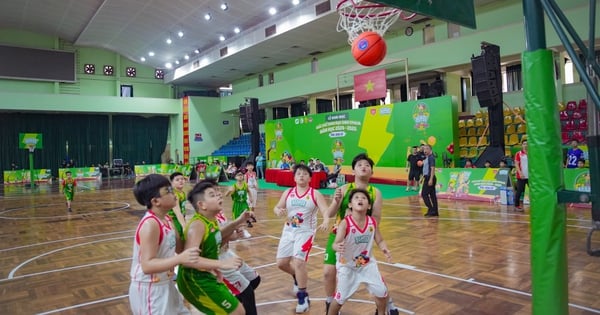
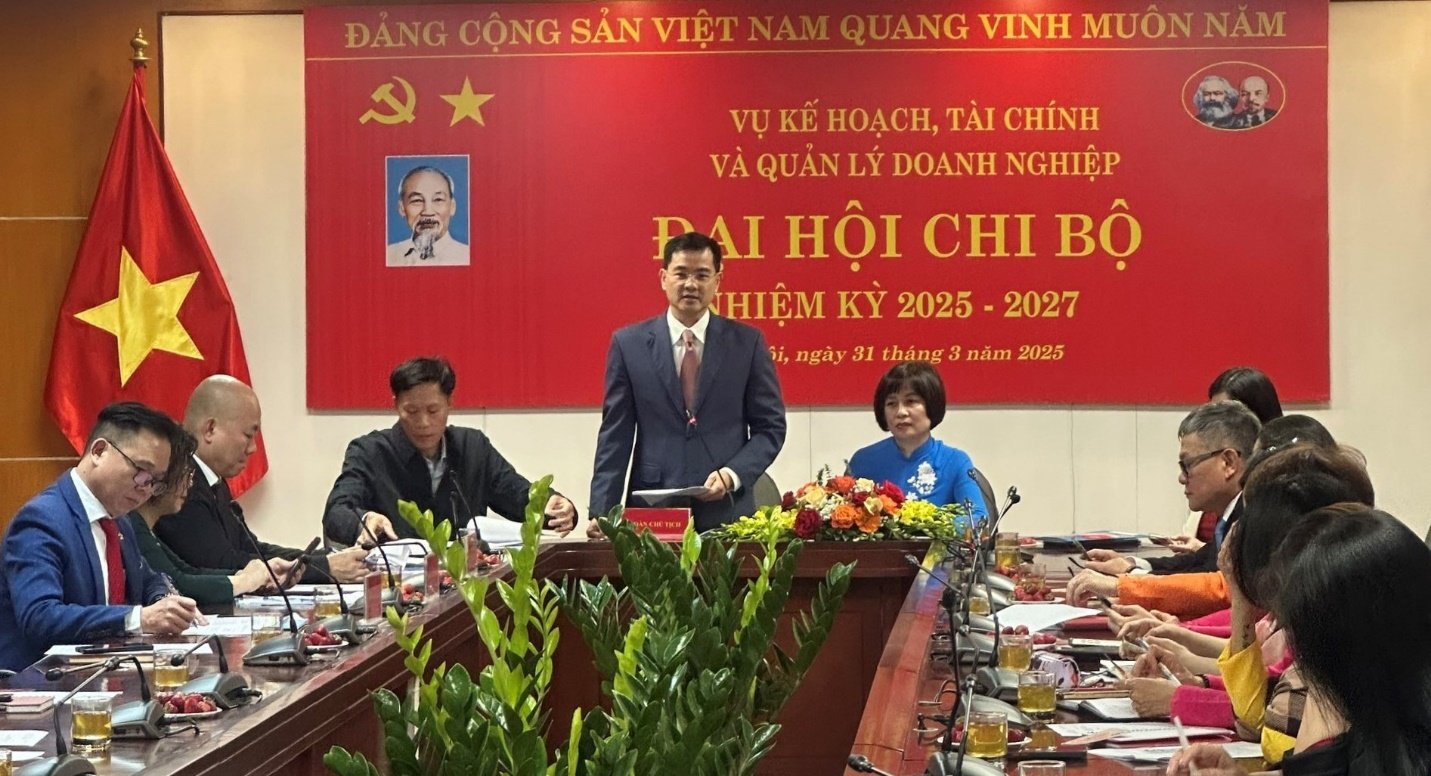

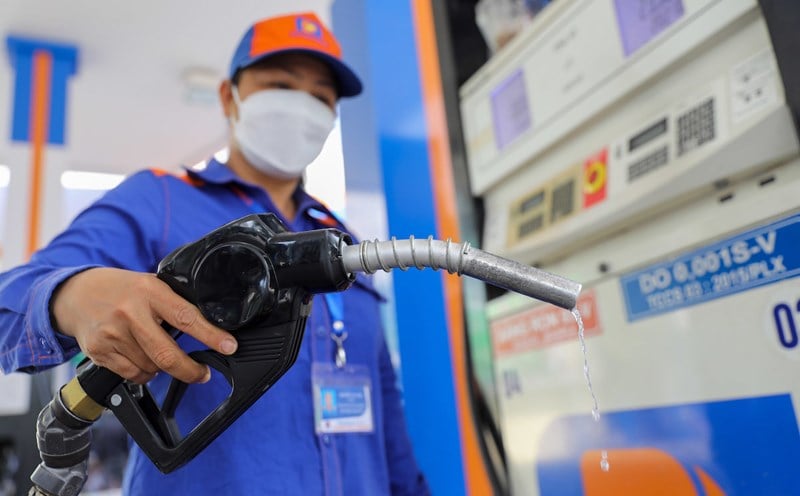

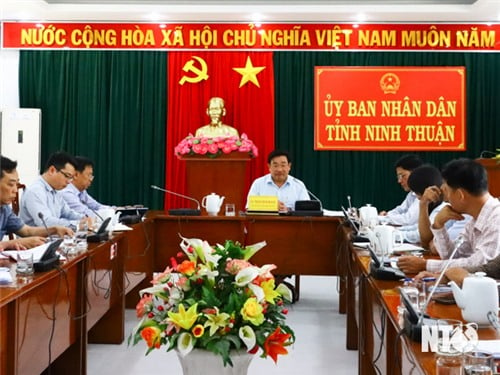
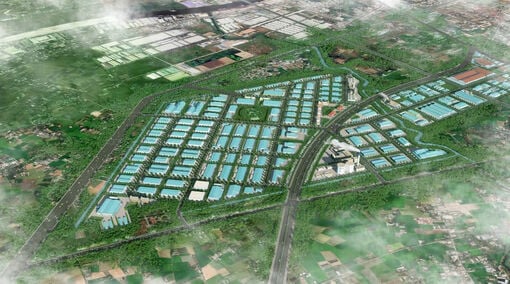

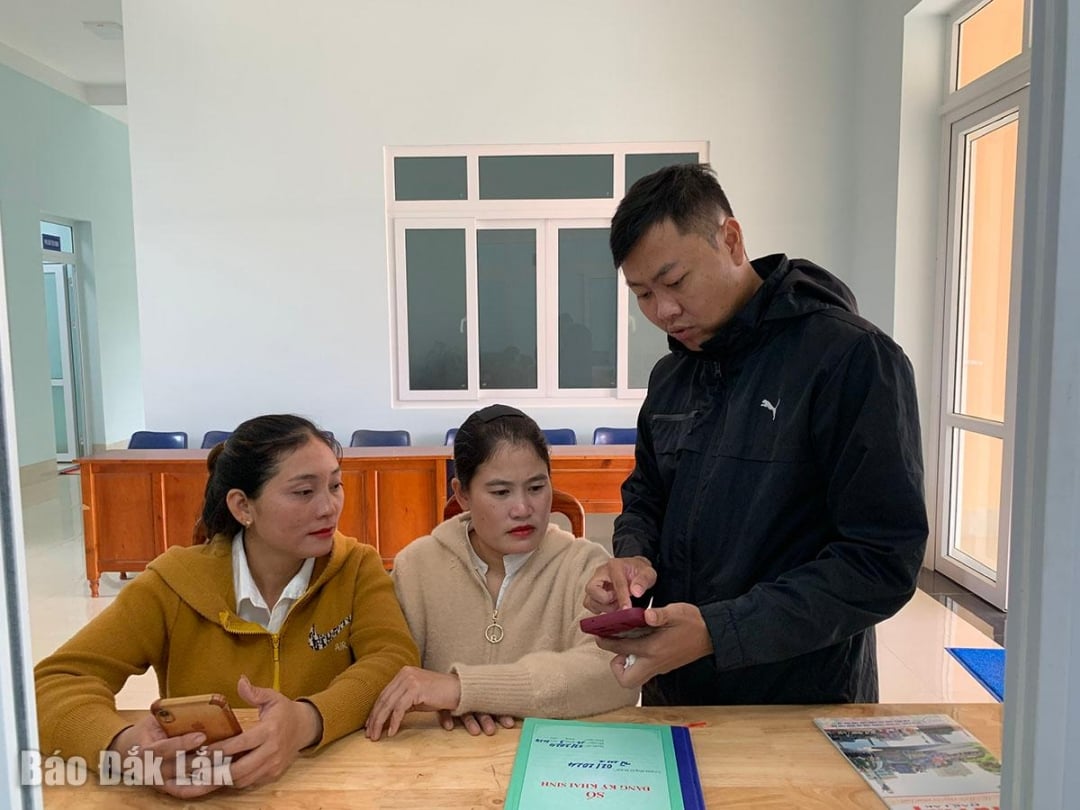

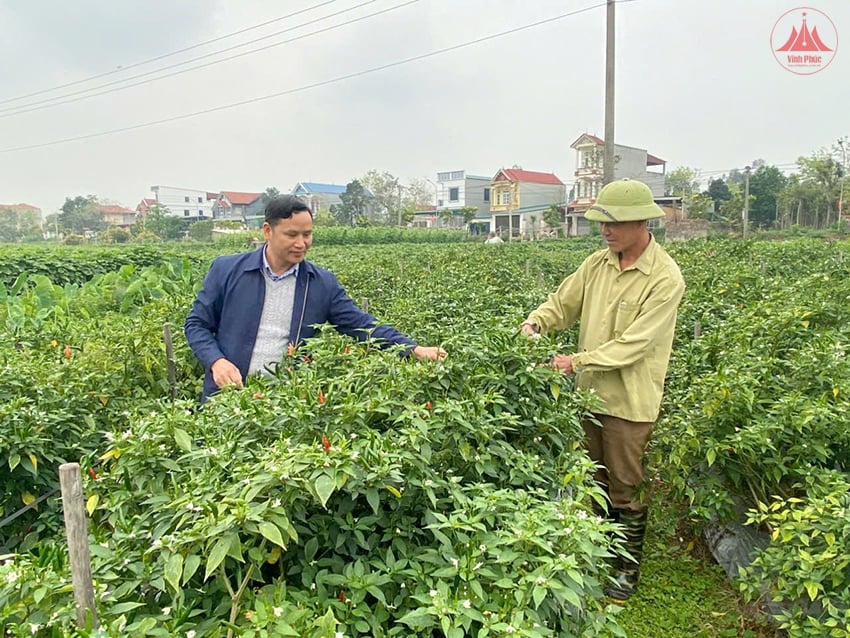
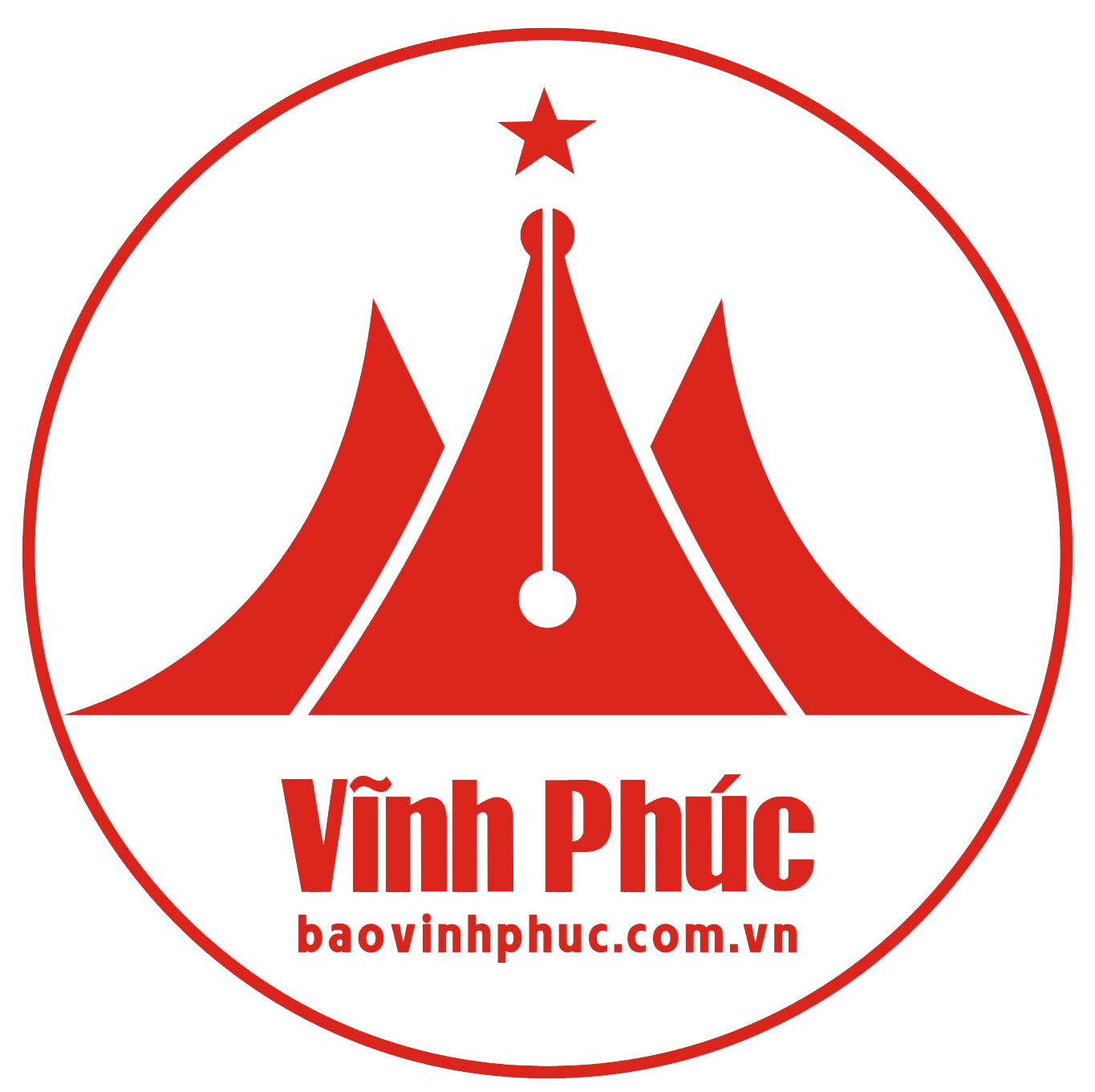










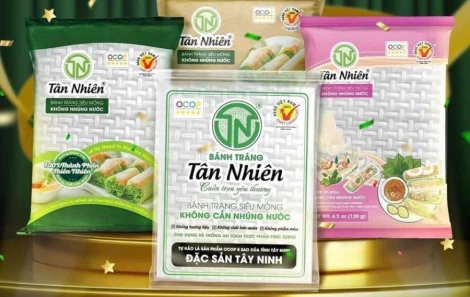

Comment (0)